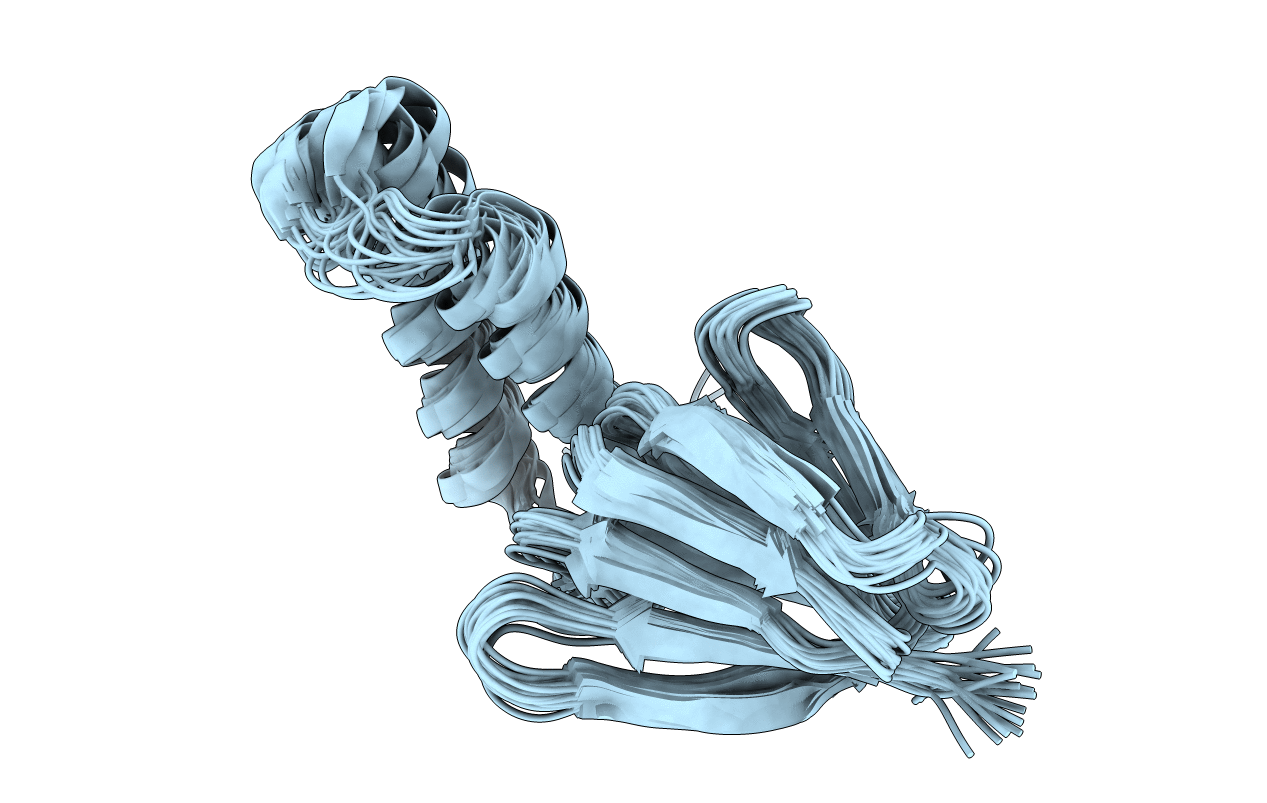
Deposition Date
2009-03-03
Release Date
2010-01-12
Last Version Date
2024-05-29
Entry Detail
PDB ID:
2RQ6
Keywords:
Title:
Solution structure of the epsilon subunit of the F1-atpase from thermosynechococcus elongatus BP-1
Biological Source:
Source Organism:
Thermosynechococcus elongatus (Taxon ID: 197221)
Host Organism:
Method Details:
Experimental Method:
Conformers Calculated:
100
Conformers Submitted:
20
Selection Criteria:
structures with the least restraint violations


